Le travail photographique de Thomas JORION s’élabore dans le champ spécifique des bâtiments en ruine ou délaissés. Son oeil explore les rapports avec l’environnement construit en privilégiant des espaces atypiques qu’il nous incite à observer en induisant une réflexion sur la matérialité et la temporalité.

Hôtel de la marine, Diego Suarez, Madagascar © Thomas Jorion, courtesy Galerie Esther Woerdehoff
Vestiges d’empire, les ruines de l’impérialisme français, voici la nouvelle série du photographe Thomas JORION, exposée en exclusivité à la Galerie Esther Woerdehoff .
Lorsque j’ai abordé ce projet fascinant, je n’imaginais pas les nombreuses aventures qui m’attendaient et, encore moins prévisible, les rencontres qui allaient changer ma perception du monde. Thomas JORION
Déjà connu pour son travail sur les lieux abandonnés (publié sous le titre Silencio en 2013), le photographe a parcouru le monde pour réaliser son nouveau projet sur l’histoire coloniale. De la Louisiane à Shanghai, de la Guadeloupe au Sénégal, à la recherche d’un patrimoine oublié, sans ambition d’exhaustivité mais avec la volonté de faire un portrait sincère de l’ancien empire colonial français et de ses ruines.
Mon goût pour l’aventure, les traces du temps et les lieux de mémoire ont initié ce projet. Toutefois, avec du recul, j’ai compris que ces ruines ne pouvaient être présentées comme n’importe quelles ruines. Je ne pouvais pas me limiter à les montrer belles ou esthétiques, car elles portent le terrible poids de l’histoire et de la domination d’un peuple sur un autre. Thomas JORION
L’histoire de l’empire colonial français est ambivalente. Sujet sensible pour certains, il est chargé d’aventures et de récits imaginaires pour d’autres. Les conquêtes successives du premier empire, qui court des Amériques au Sénégal et à l’Inde, puis du second empire, qui s’étend d’Afrique jusqu’en Asie du Sud-Est, ont permis la réalisation de bien des destins.
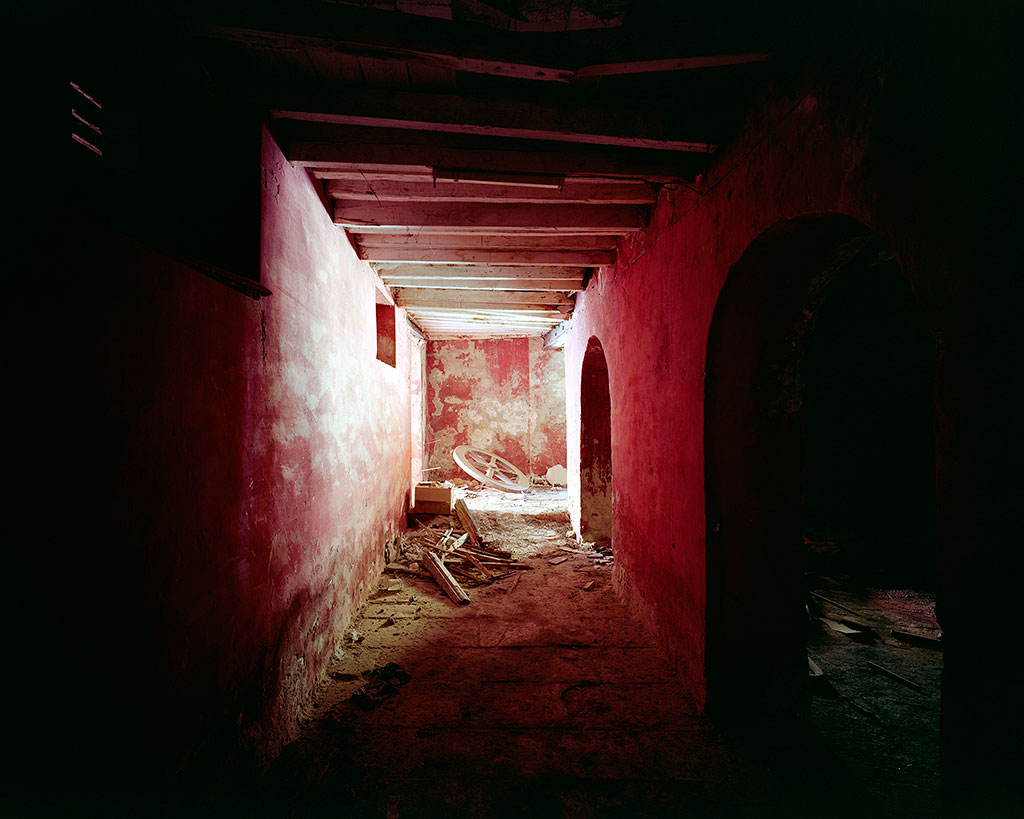
Maison de commerce, Saint-Louis-du-Senegal, Senegal © Thomas Jorion, courtesy Galerie Esther Woerdehoff
Vint ensuite une période d’installation et de construction. Chaque implantation développa un style architectural propre au lieu géographique, fusionnant parfois avec le style local pour donner naissance à un langage architectural nouveau. C’était ainsi l’occasion d’expérimenter les derniers styles en vogue et de nouvelles techniques pour l’habitat. Les contraintes climatiques et l’utilisation de matériaux locaux stimulèrent l’esprit des architectes et des ingénieurs qui, éloignés de la métropole, eurent alors plus de liberté.

Maison privee, delta du Mekong, Vietnam © Thomas Jorion, courtesy Galerie Esther Woerdehoff
Si cet ordre politique et social du monde prit fin, il reste une empreinte visible de ces échanges et de cette présence française au-delà de ses frontières.
A la manière des photographes du XIXe siècle partis en expéditions pour capter l’autre et l’ailleurs, les photographies de Vestiges d’empire sont des portraits de lieux, des paysages, des vues d’architectures mais aussi des témoignages, vanités de l’histoire et du passé » glorieux » de l’Empire français.
Thomas JORION réalise ses images avec une chambre photographique 4×5 » ainsi que des négatifs couleurs.
Thomas JORION photographs urban ruins and condemned buildings, spaces that no longer serve the purposes for which they were built. His work explores the built environment in a state of entropy, inviting viewers to reflect on the relationship between the material and the temporal.
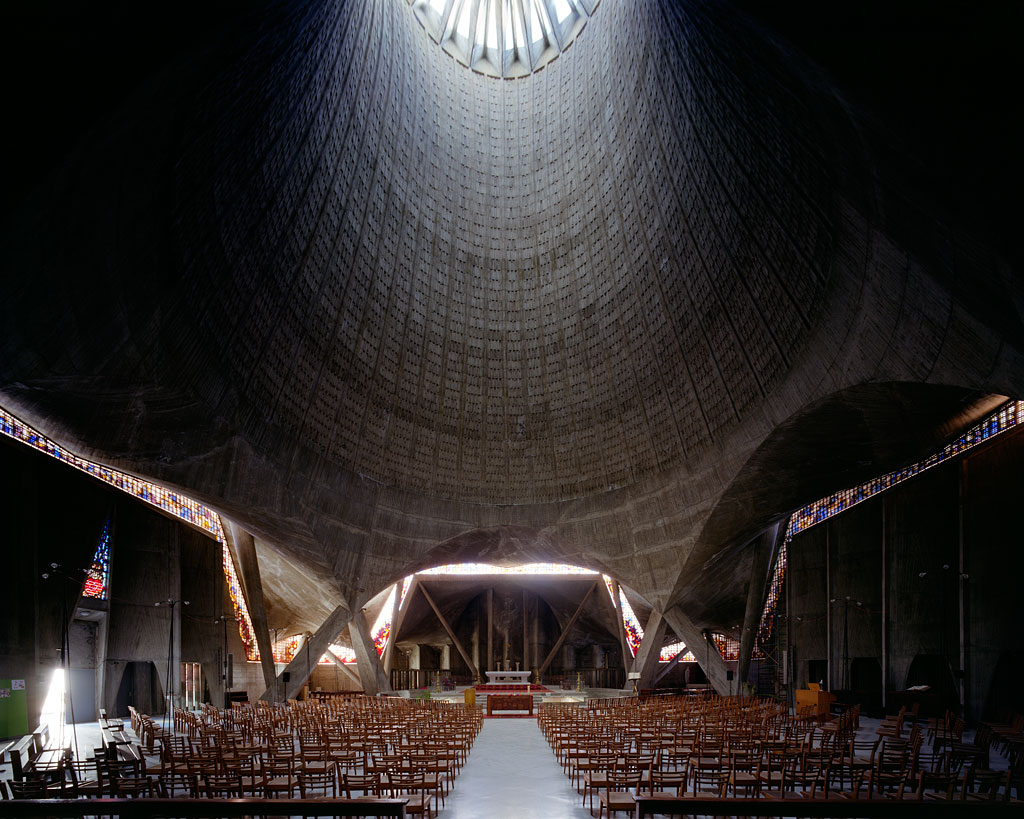
Cathedrale du Sacre-Coeur, Alger, Algerie, 1956 © Thomas Jorion, courtesy Galerie Esther Woerdehoff
Traces of empire, the ruins of French imperialism, here is the new series of photographer Thomas Jorion, exhibited exclusively at the Galerie Esther Woerdehoff.
When initiating this fascinating project, I could not have anticipated the many adventures that lay ahead and the even more improbable encounters that were to shift my perception of the world. Thomas JORION
Well known for his work on abandoned places (published under the title Silencio in 2013), the French photographer has spent the last years travelling the world to realize his new project on colonial history.

Abattoir,-Casablanca, Maroc © Thomas Jorion, courtesy Galerie Esther Woerdehoff
From Louisiana to Shanghai, from Guadeloupe to Senegal in search of a forgotten heritage, without a committment to exhaustiveness but with the desire to make a sincere portrait of the gone French colonial empire and its ruins.
My taste for adventure, traces of time and memory-related venues initiated the project. However, with time I understood that these ruins could not be considered like any other ruin. I could not merely show them beautiful or aesthetic, as they are loaded with the terrible burden of History and the domination of one people over another. Thomas JORION
The history of the French colonial empire is ambivalent. A sensitive issue for some, it is loaded with fantasy adventures and narratives for others. The successive conquests of the first empire, extending from the Americas to Senegal and India, followed by the second empire that stretched from Africa to South East Asia, have enabled the achievement of many destinies.
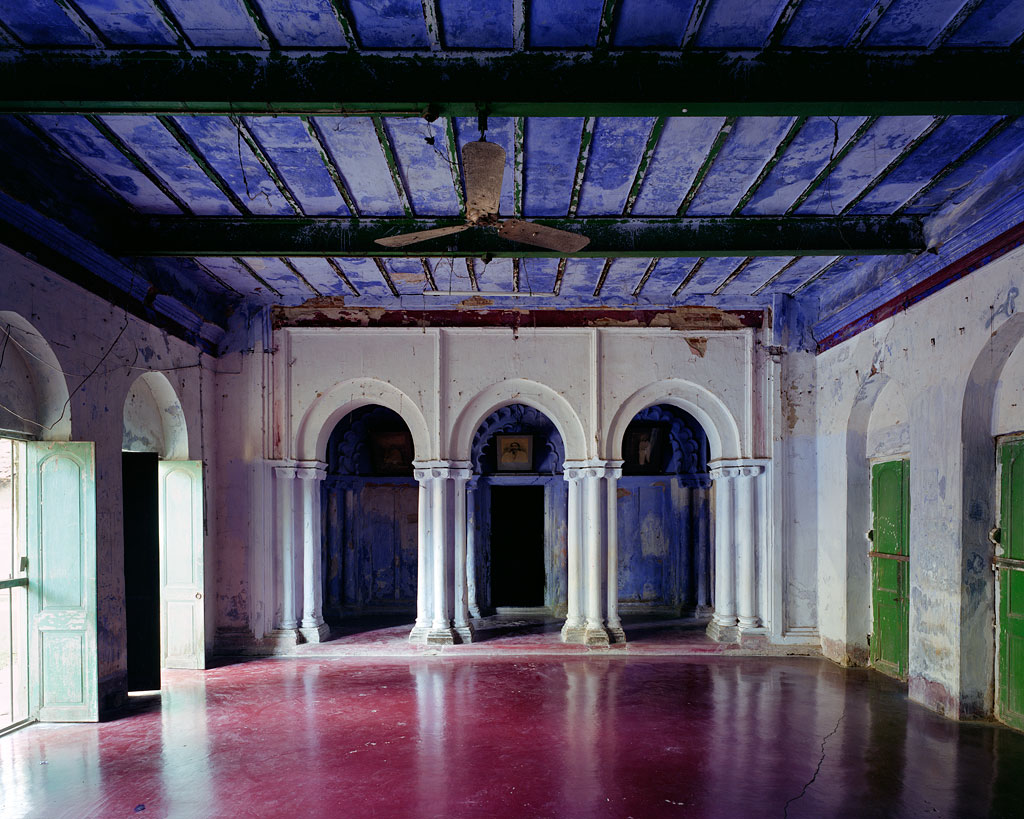
Institution religieuse, Chandernagor, Inde © Thomas Jorion, courtesy Galerie Esther Woerdehoff
Then came a period of settlement and construction. Each settlement developed an architecture typical of the geographical environment, sometimes blending in local designs to foster a new architectural language. This was thus a period of experimentations with the latest housing styles and techniques. Limitations related to climate and the use of local materials stimulated architects and engineers who away from their mainland country, enjoyed greater freedom.
The political and social order of that world vanished, leaving behind visible signs of the exchanges and of the French overseas presence.
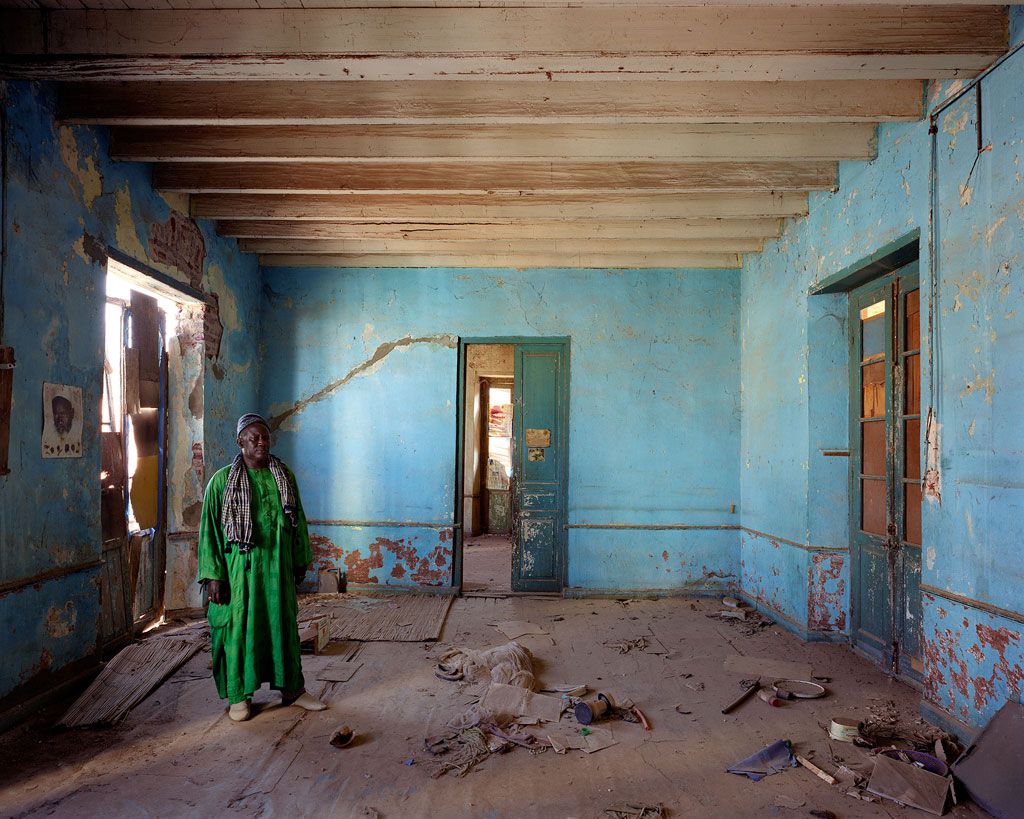
Appartement de la blanchesserie La colombe, Saint Louis du Senegal, Senegal © Thomas Jorion, courtesy Galerie Esther Woerdehoff
Like the photographers of the 19th century leaving on expeditions to capture the outside world, Traces of empire photographs are portraits of places, landscapes, views of architecture but also testimonials, vanities of history and of the « glorious » past of the French Empire.
Thomas JORION uses a 4×5 » large format camera and color negatives.
Retrouvez des ouvrages sur le travail de Thomas JORION à la vente sur notre site [via Amazon] en cliquant sur l’image ci-dessous :

![Thomas Jorion [Text in english too]](https://byfrenchies.com/wp-content/uploads/2016/09/Untitled-1-6.jpg)



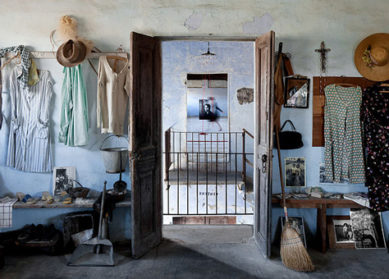





Qu'en pensez-vous ?